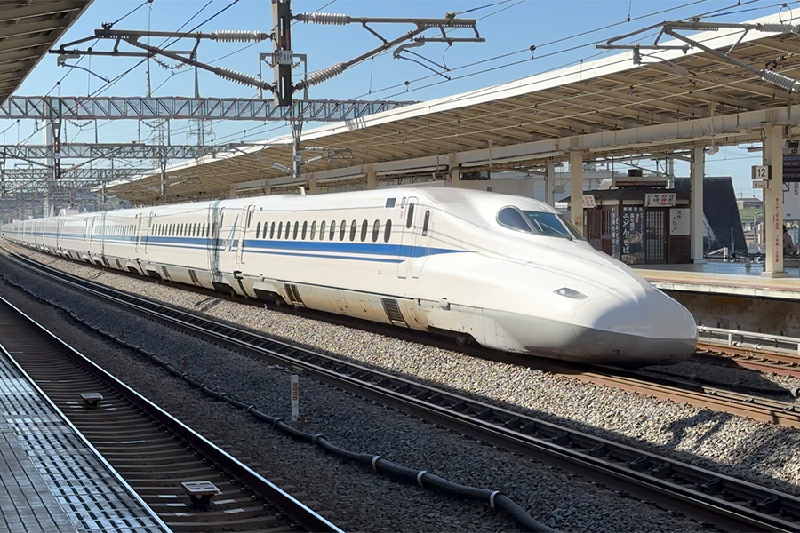In a world where transportation systems continue to grapple with safety concerns, Japan’s Shinkansen (bullet train) network stands as a shining global example of engineering precision and safety. Over the course of more than 60 years and having carried over 5.3 billion passengers, the Shinkansen has recorded zero injuries or fatalities due to train accidents — a world record in high-speed rail travel.
Launched in 1964, ahead of the Tokyo Olympics, the Shinkansen redefined high-speed travel with its sleek design, advanced signaling systems, and punctuality. More impressively, it has done so while maintaining an unbroken record of passenger safety, despite frequent seismic activity and challenging weather conditions across Japan.
- Automatic Train Control (ATC) prevents collisions and excessive speeds.
- Earthquake Detection Systems instantly halt trains during tremors.
- Dedicated high-speed tracks, separate from conventional rail lines.
- Strict maintenance protocols and real-time monitoring systems.
- Highly trained staff with rigorous emergency preparedness routines.
Japan’s bullet train system is widely studied and admired by nations developing or expanding their high-speed rail infrastructure. Countries like India, the UK, and the U.S. have referenced Japan’s Shinkansen model in their rail projects.
With over five decades of flawless safety, the Shinkansen continues to be more than a mode of transport — it’s a symbol of national pride, technological excellence, and public trust. As the world moves toward faster, greener transport solutions, Japan’s bullet train legacy offers a clear message: speed doesn’t have to come at the cost of safety.







